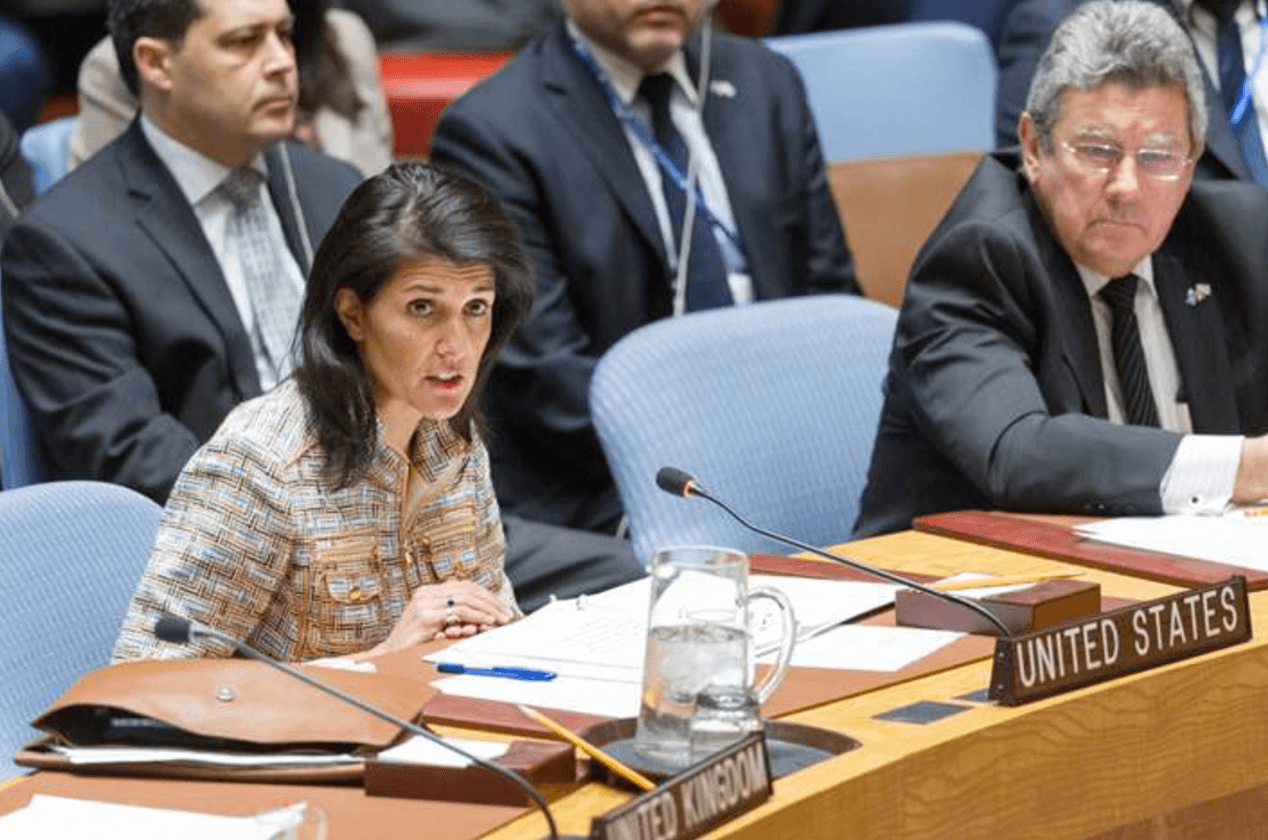The Global Compact on Migration doesn’t exist.
Rather, it was a proposal born out of a United Nations General Assembly meeting in September 2016. That proposal was called the “New York Declaration.” Hundreds of heads of states signed onto it. The declaration included a number of pledges by signatories to improve how the international community, including member states, approach the refugee crisis and surging global migration.
Some of these pledges could be considered rote, like to “protect the human rights of all refugees and migrants, regardless of status.” Some were more specific about the obligations of member states, like to “work towards ending the practice of detaining children for the purposes of determining their migration status.” Still others were somewhat technical, like a proposal to formally fold the International Organization of Migration into the United Nations system (it has previously been a fully independent entity).
None of these pledges were legally binding. Rather, this declaration was a common expression of intent by signatories — which included nearly every single UN member state. One of the outcomes of this declaration was that governments pledged to create another forum for discussing in more specificity the common ways they could coordinate and cooperate to ease the burden of migration on both source countries, destination countries and on migrants themselves. This is to be called the “Global Compact on Migration.” A draft of this is due in the coming months, to be signed by heads of state and other dignitaries at the UN Summit in September 2018. It is from this process that the United States has formally withdrawn.
Much like the Paris Agreement pullout the Trump administration’s decision to withdraw from the Global Compact on Migration is a symbolic snub with no real upside. The Compact, like the Paris Agreement, is not a legally binding instrument. It is not a treaty that obliges signatories to follow certain rules. Rather, it is intended to be a platform where countries can find some common ground common global challenges — like combating human trafficking; or how to approach the challenge of reuniting unaccompanied minors with their families.
Still, a statement issued by Nikki Haley directly invoked a canard that the compact is somehow a challenge to American sovereignty.
“America is proud of our immigrant heritage and our long-standing moral leadership in providing support to migrant and refugee populations across the globe. No country has done more than the United States, and our generosity will continue. But our decisions on immigration policies must always be made by Americans and Americans alone. We will decide how best to control our borders and who will be allowed to enter our country. The global approach in the New York Declaration is simply not compatible with U.S. sovereignty.” (emphasis added)
That is just not true.
The Global Compact on Migration is not a treaty that demands anything of the United States. Rather, it will include a series of voluntary commitments and guidelines for member states. Now, by withdrawing from the process of designing this compact, the United States is giving up the ability to shape those commitments and guidelines in ways that serve American interests. All the while, the Trump administration is snubbing its nose at the rest of the world at a time when international migration is one of the more urgent global challenges that affects nearly every country on the planet.
The US is ceding its ability to shape a global solution to this global problem — and for no good reason.
